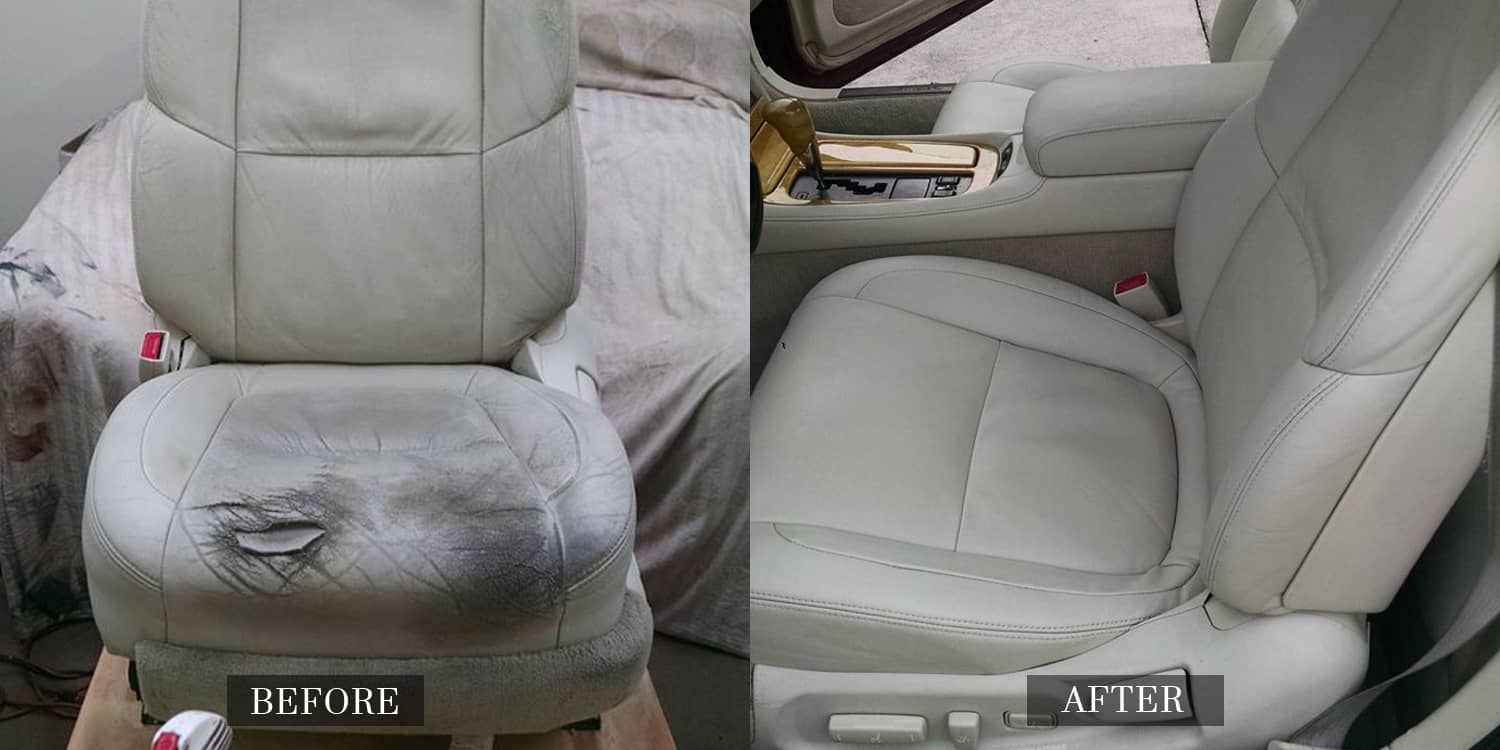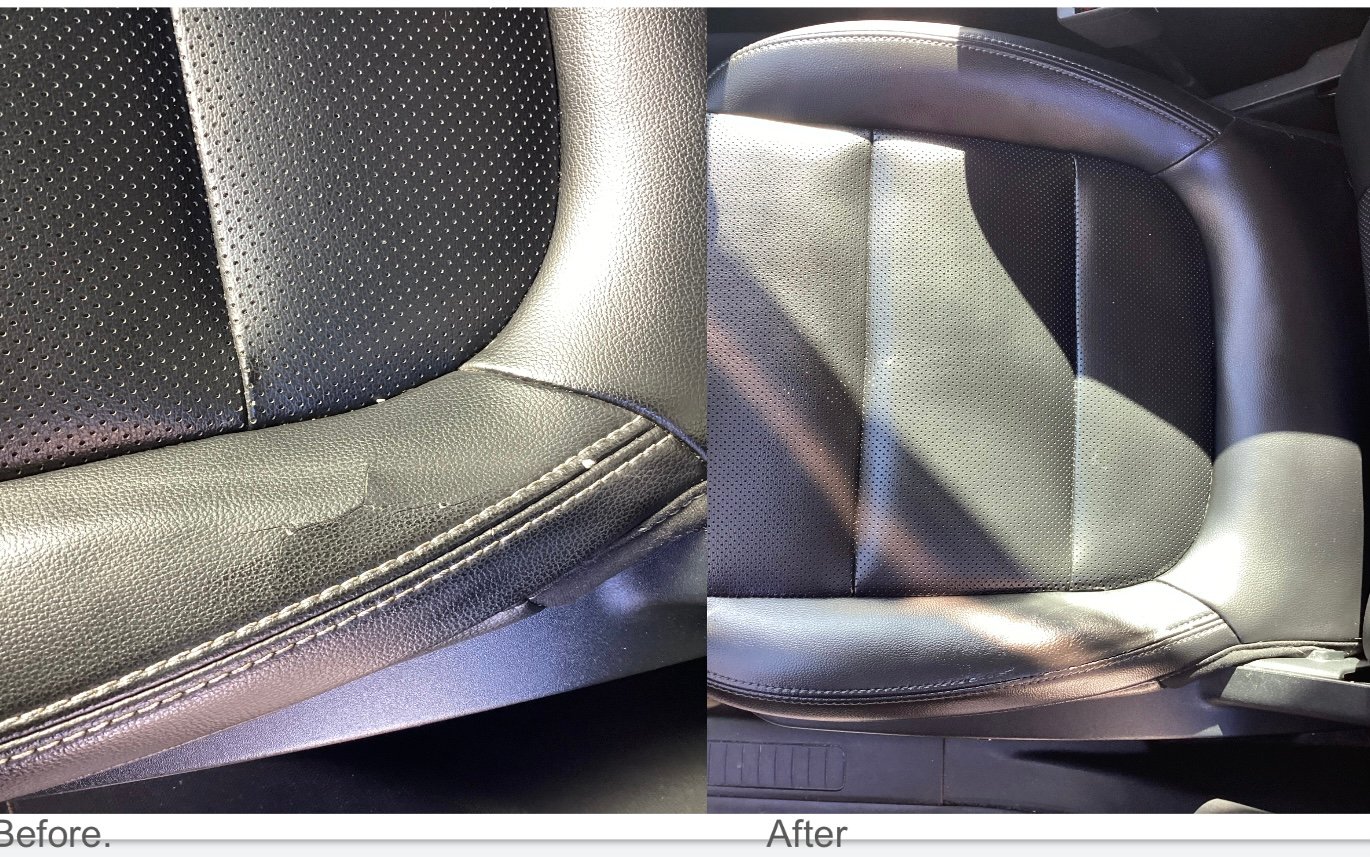Restore Your Cherished Furniture with Expert Upholstery Repair
The Ultimate Guide to Upholstery Repair Work Methods
In the world of furniture maintenance, the art of upholstery repair work is a skill that can revive worn-out pieces and preserve treasured personal belongings. As we browse the world of upholstery repair strategies, we run into a myriad of approaches that can change a worn out sofa or chair into a refreshed centerpiece of an area. From examining the damage to carefully repairing holes and rips, each action in the process holds the key to revitalizing furnishings to its former glory. Keep tuned as we untangle the complexities of this craft and introduce the secrets to grasping furniture repair methods that will raise your furniture restoration undertakings.
Assessing Upholstery Damages
When analyzing upholstery damage, it is vital to carry out a detailed examination to accurately figure out the degree of the problems existing. Begin by aesthetically evaluating the furniture for any kind of noticeable tears, rips, stains, or discoloration.
Next, evaluate the underlying structure of the furniture to examine for any damages to the frame, springtimes, or cushioning. Sometimes, the damages might not be promptly visible externally but can dramatically influence the general stability of the upholstery. By thoroughly checking out both the exterior upholstery and internal parts, you can make sure that all problems are identified and suitably attended to during the repair procedure.
Furthermore, consider the kind of furniture material made use of as different fabrics and natural leathers may call for certain repair work strategies. upholstery repair. Comprehending the material residential properties will aid in choosing one of the most appropriate repair approaches and products to attain optimal outcomes
Important Devices and Materials
To successfully perform furniture repair services, having the ideal devices and products is vital for accomplishing expert results. Vital tools for upholstery repair include a staple weapon for safeguarding textile, furniture needles and thread for stitching, scissors for reducing textile, a rubber club for tapping in furniture components, and pliers for getting rid of old staples and nails. By guaranteeing you have the needed tools and materials prior to beginning an upholstery repair job, you can work efficiently and effectively to recover furnishings to its former glory.
Preparing the Furnishings Surface
Preparation of the furnishings surface is a vital preliminary step in ensuring the effective result of any furniture repair work project. Prior to starting any kind of repair work, it is vital to extensively clean the furniture surface to eliminate dust, dust, and any type of other particles that could interfere with the adhesion of brand-new materials. This can be done making use of a vacuum, a soft brush, or a wet fabric, depending on the kind of furniture and the degree of dust present.
As soon as the surface is tidy, any damaged or loosened upholstery material, padding, or springtimes should be very carefully removed. This step is crucial to make sure that the brand-new materials stick securely and that the fixed furniture maintains a smooth and specialist appearance. In addition, any old staples or resource tacks must be drawn out, and the surface must be inspected for any architectural damages that may need to be attended to prior to waging the repair work.

Repairing Openings and rips
After ensuring the furnishings surface is complimentary of particles, dirt, and dirt and removing any type of loose or damaged furniture materials, the next action in furniture fixing entails attending to splits and holes in the fabric. Fixing rips and holes in furniture can help prolong the life of your furnishings and restore its visual allure. It is essential to meticulously match the color and structure of the spot fabric to the initial furniture for a smooth repair service.
Removing Spots and Smells
Resolving stubborn discolorations and remaining odors in furniture needs a targeted and extensive approach to make certain efficient remediation of the textile's important site look and freshness. Discolorations can be caused by numerous compounds such as food spills, pet dog accidents, or drink accidents, while odors frequently stem from smoke, pet dog dander, or spills permeating the upholstery fibers. Routine maintenance and timely attention to spills can help in avoiding deep-rooted stains and smells, preserving the furniture's condition.

Verdict
To conclude, grasping furniture fixing techniques needs mindful analysis of damage, the use of necessary devices and materials, proper preparation of the furniture surface area, and the proficient repair of splits, odors, holes, and stains. By adhering to these actions, people can effectively restore and prolong the life of their furniture.

Necessary tools for upholstery repair consist of a staple weapon for securing fabric, furniture needles and thread for stitching, scissors for reducing material, a rubber mallet for touching in furnishings elements, and pliers for removing old staples and nails. By guaranteeing you have the needed tools and products before starting a furniture repair work project, you can function effectively and successfully to bring back furniture to its former glory.
Prep work of the furnishings surface is a vital preliminary step in ensuring the effective result of any furniture repair task.After guaranteeing the furnishings surface is totally free of dirt, particles, and dust and removing any type of loosened or damaged upholstery products, the next step in furniture repair work includes addressing splits and openings link in the fabric - upholstery repair. Fixing rips and holes in furniture can aid extend the life of your furnishings and recover its aesthetic charm